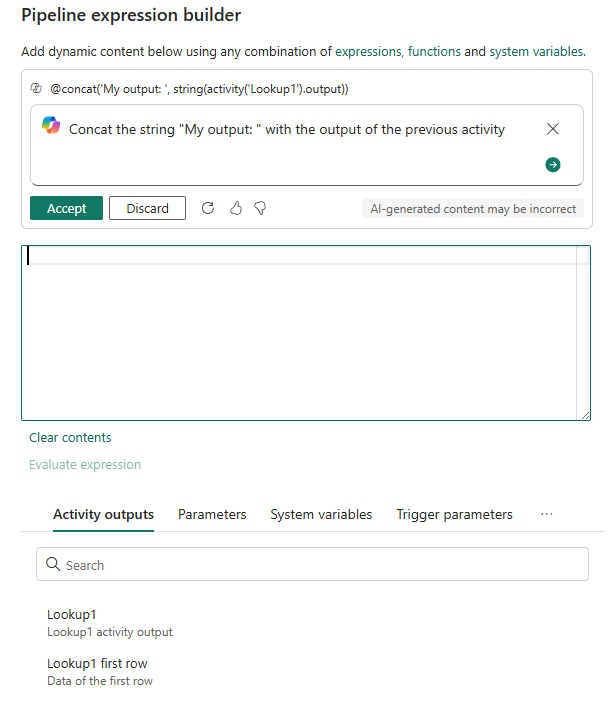Microsoft’s latest Data Factory updates that were recently unveiled at Ignite are changing the landscape for data professionals. With a strong focus on making data pipeline orchestration more user-friendly and versatile, these features cater to both those who prefer visual, no-code solutions and developers who want full control with code.
Monitor Hub: Greater Insight and Control
Understanding complex data flows has always been a challenge. The enhanced Monitor Hub now provides a hierarchical view of all pipeline dependencies both upstream and downstream. This visual approach helps users quickly identify bottlenecks, analyze the impact of failures, and trace the movement of data, making troubleshooting and oversight more streamlined than ever.

AI-Powered Pipeline Expression Builder
Creating robust pipeline expressions is no longer restricted to seasoned developers. The new Copilot-driven Expression Builder leverages artificial intelligence to interpret natural language instructions. Simply describe what you want like referencing previous activity results and Copilot generates the necessary code. This dramatically lowers the barrier for building complex workflows and helps reduce manual errors, empowering teams to work faster and smarter.
Refer to the documentation to learn more about this amazing new Copilot for Data Factory pipeline expression AI feature.
Enhanced Experience for Code-First Developers
For those who favor hands-on coding, Data Factory introduces new APIs and an improved UI within the built-in Airflow editor. Developers can now upload files directly into Fabric Apache Airflow job projects, speeding up development and deployment. These enhancements support a seamless environment for building, testing, and launching sophisticated data pipelines using familiar tools.
Upcoming Features: Flexibility and Automation
- Interval-Based Schedules: Soon, users will be able to set up interval-based pipeline triggers, mirroring Azure Data Factory’s popular tumbling window feature. This enables automated processing in precise, non-overlapping timeframes, enhancing control and visibility over pipeline execution.
- Lakehouse Maintenance Activities: Another significant addition will be the ability to automate maintenance operations like vacuuming and optimizing Parquet files or Delta tables, directly from your pipelines. These activities help keep data storage efficient and high-performing, all without manual intervention.
Driving Innovation for the Data Community
Microsoft’s new features underscore its commitment to building a comprehensive, unified analytics platform. By integrating AI-driven development, intuitive monitoring, and flexible scheduling, Data Factory is positioning itself as an essential solution for organizations managing complex data needs. These capabilities ensure that both code-free and code-first users can streamline operations and maximize the value of their data.
Takeaway
The innovations announced at Ignite mark a significant step forward for Data Factory. Organizations can expect reduced complexity, improved productivity, and greater agility in managing their data pipelines. With interval-based scheduling and automated Lakehouse maintenance on the horizon, Microsoft Fabric continues to push the boundaries of what’s possible in data integration and analytics.
Source: Microsoft Fabric Blog

Unlocking Next-Level Data Pipelines: What’s New in Microsoft Fabric’s Data Factory